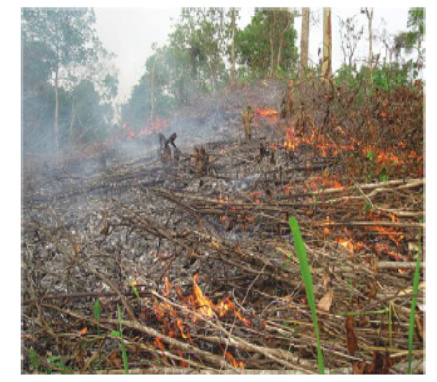


Indian Journal of Science and Technology
DOI: 10.17485/IJST/v16sp1.msc14
Year: 2023, Volume: 16, Issue: Special Issue 1, Pages: 104-109
Original Article
Hilda Lalrinpuii1*, M C Lalropeki2, Lallawmkimi1
1Department of Environmental Science, Pachhunga University College, Aizawl, 796001, Mizoram, India
2Department of Environmental Science, Mizoram University, Aizawl, 796004, Mizoram, India
*Corresponding Author
Email: [email protected]
Received Date:23 January 2023, Accepted Date:09 June 2023, Published Date:06 September 2023
Objective: Studying the impact of air pollution caused by jhum burning on human health in the study area. Methods: The health status study was done in the village communities in the study area by employing the methods of Participatory Rural Appraisal (PRA). Information was gathered through personal and group interviews with the local villagers, the village council members, the YMA office bearers, the health workers and nurses, and government employees of Hmunpui, Lengpui and Sihhmui village. Findings: The health effect of jhum burning on the villagers are not as serious as anticipated. The greatest number of cases reported are cough and cold and a few cases of bronchitis, asthma and sinusitis. However, when using data from the urban region, the number of patients reported is greater than in the suburban area, and there are more respiratory diseases than in the suburban area. Novelty: Deterioration of air quality, which is an alteration of atmospheric chemistry by pollutants from natural and anthropogenic sources, is of major global environmental concern today. The sources of deterioration of air quality in Mizoram is mainly due to shifting cultivation or slash and burn agriculture or jhum burning, one of the main form of agriculture and livelihood of the villagers. Large amounts of air pollutants are emitted during prescribed forest fires (jhum burning). Unlike wildfires, prescribed fires are intentionally ignited in order to maintain ecosystem health and minimize adverse impacts of long-term fire suppression while protecting property. However, jhum burning has resulted in many forms of pollution, directly and indirectly hampering the natural environment. The need to understand the effect of jhum burning and the consequences not only on soil but on air and human health is important.
Keywords: Air pollution; Human health; Jhum burning; Livelihood; Mizoram
© 2023 Lalrinpuii et al. This is an open-access article distributed under the terms of the Creative Commons Attribution License, which permits unrestricted use, distribution, and reproduction in any medium, provided the original author and source are credited. Published By Indian Society for Education and Environment (iSee)
Subscribe now for latest articles and news.